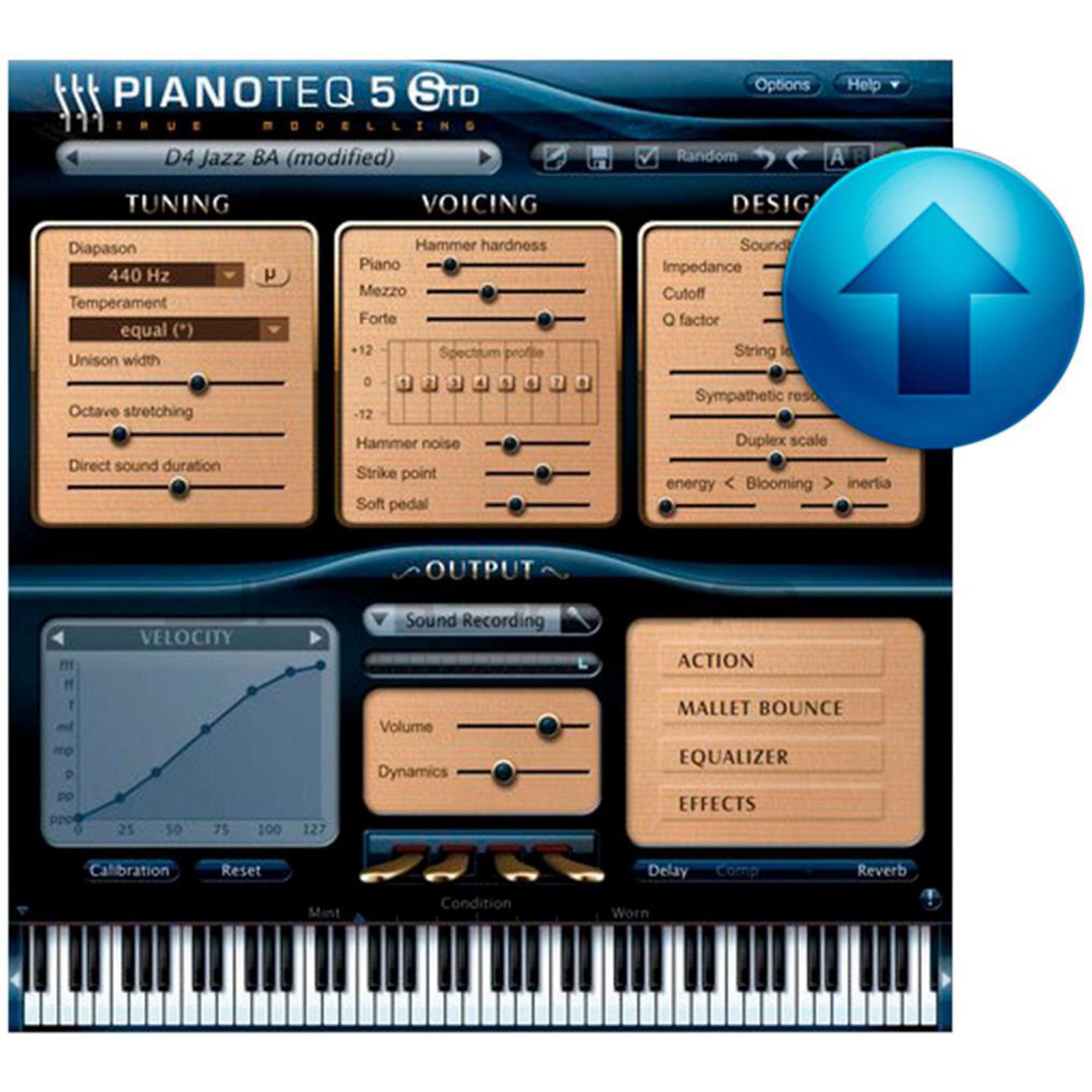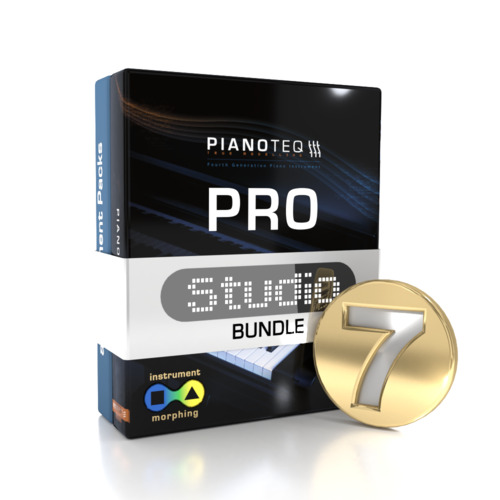

Pro adds per-note editing and support for up to 192kHz audio, and the most expensive Studio version gives you access to all of the 49 sound packs. The cheapest version, Stage, won’t allow you to edit the piano model or microphone settings, but the Standard version adds these features. So what’s the difference between each version of Pianoteq? The capability to tweak.
#Pianoteq 5 light touch free
Each version comes with 14 free instruments, including grand pianos, a cimbalom, harpsichords, and church bells. Today, we are going to test Pianoteq 6 and see if it can stand out in a very saturated market of virtual piano plugins.īefore we get into all the features offered in Pianoteq, I want to take a second to highlight the 4 different versions of the software. The lack of samples in these physically-modeled instruments means that all of Pianoteq 6 will only take up about 50MB of space! That’s a lot smaller than many of the leading virtual pianos available, for example, the 3.6GB Native Instruments Grandeur Piano, as well as most Kontakt pianos. This means that the sound of the plugin is computed via a detailed physical model involving the hammers, the strings, and the soundboard. Or maybe it’s a big, multi-sampled instrument file that can be quite taxing on your computer’s resources.Įnter Pianoteq 6by MODARTT, one of the most popular piano VST/AU plugins that is based around physical modeling rather than traditional sampling. Still, that free already-included piano might not fit your aesthetic. If you’re a producer, it is very likely that you have at least one piano plugin-even if you never intended to, as so many DAWs offer a sampled grand piano as part of the package. One of the most common instruments in popular music-from Bach to Adele, or Bill Evans to Billy Joel-has been the piano. Instead 'jack' should probably be in there.With Pianoteq 6, MODARTT opts out of the massive sample library and instead relies on physical modeling, utilizing only 50MB of space-does it stack up? Inconsistent whitespace in PKGBUILD file.desktop file should be more human-friendly, e.g. Why conflicting with any package named 'pianoteq'? Was there ever a package with that name?.

desktop file name and the documentation directory? Wouldn't that prevent installing packages for Pianoteq 5 and 6 at the same time? Why stripping the '-stage5' part from the.Why not let makepkg handle the checksum and unpacking? It will print an error if the file is missing anyway. That mucking about with sha256sum and 7zip in the prepare function, just to be able to print a message if the source file is missing, seems a bit convoluted.

#Pianoteq 5 light touch full


 0 kommentar(er)
0 kommentar(er)
